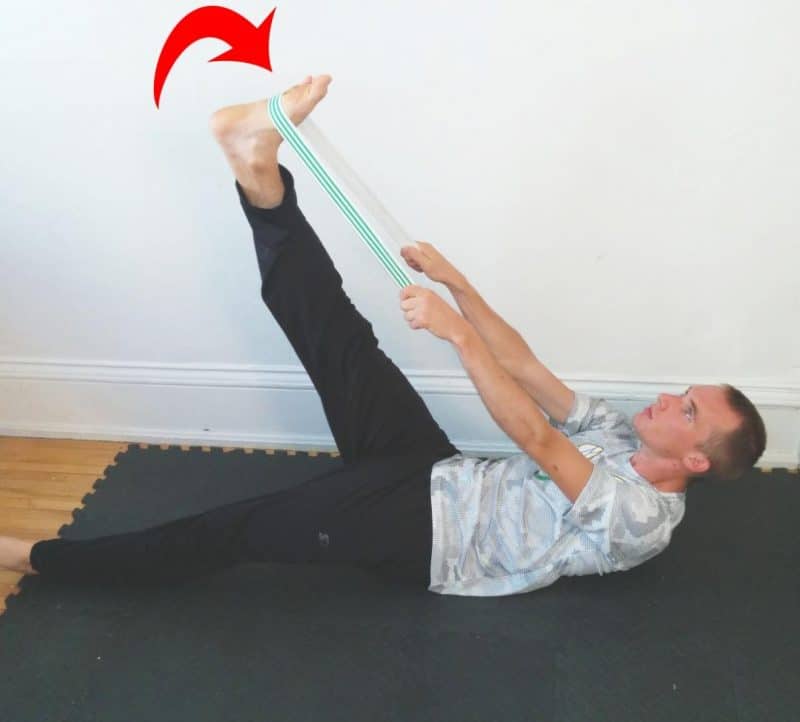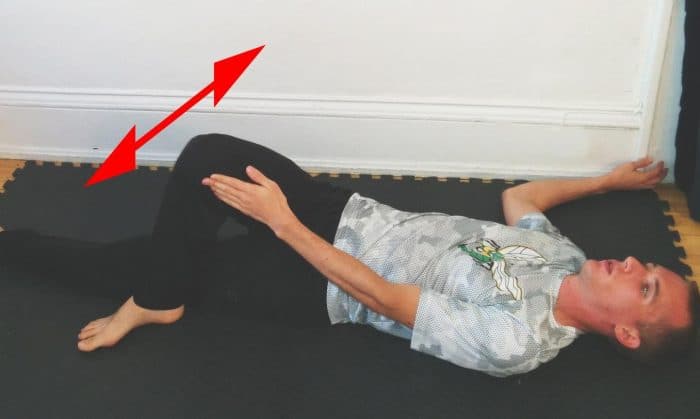The definition of sciatica is an irritation of the sciatic nerve causing discomfort which usually manifests as leg pain.
The sciatic nerve starts in the pelvis and is formed from nerve fibres that come from your spinal cord located in your low back. The sciatic nerve travels down the leg to approximately the level of the knee. The nerve then splits into two separate nerves, the tibial and common fibular nerves. These nerves provide sensation to different parts of your lower leg, as well as control many of the muscles in the leg and foot.
When the sciatic nerve is irritated, it can lead to pain in the pelvis or leg. Sciatica is frequently thought of when there is pain in the low back or hips that radiates down the leg, but actually, sciatic nerve irritation is unusual. It is more common to have a different problem which causes the same or similar symptoms.
Many other causes of low back and leg pain can mimic sciatica including muscle spasms/strain, bursitis, spinal stenosis (narrowing of the spinal canal), arthritis, deep venous thrombosis (DVT), peripheral vascular disease, as well as hip or knee problems, among others.
One of the most common causes of low back pain that travels down the leg is radiculopathy. Radiculopathy is similar to sciatica except, in radiculopathy, the irritation of the nerve happens closer to the spine as the nerve exits the spinal canal in the low back. With sciatic nerve pain (also called sciatica), the irritation happens farther away from the back at the location of the sciatic nerve.
Notify your primary care provider if you experience pain radiating down your leg. Your provider may decide to schedule an office visit where you will be asked for more information about your symptoms. A physical examination will be performed to help determine the source of your pain. Based on the findings, your provider may do additional testing such as blood work or imaging in the form of X-ray, MRI or CT if indicated to better assist in determining the cause of your symptoms.
After determining the cause of the pain, your provider will talk to you about treatments. Often treatments may include medications, exercises or stretches (including possibly physical therapy), or activity modification. In certain instances, you may need to be referred to have more invasive testing or treatments. These may include an EMG (nerve test), ultrasound, injections, or possibly even surgery in severe cases if needed.
Prevention is the best treatment. One of the main causes of back and leg pain is lifting improperly. Using proper techniques such as bending at your knees when lifting heavy objects can help prevent these symptoms from occurring. Avoid lifting objects that are too heavy. If you do need to lift a heavy object, it is best to ask for assistance.
Improvement in symptoms will vary depending on the specific cause of the pain. The majority of people will have their symptoms improve over time. Very rarely is surgery needed.



